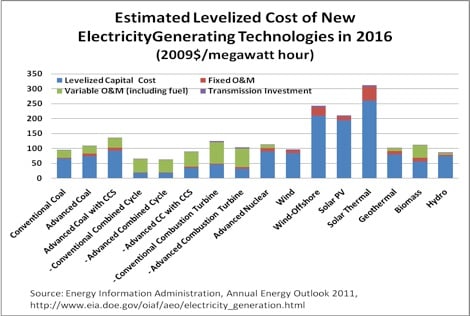CommanderFrank
Cat Can't Scratch It
- Joined
- May 9, 2000
- Messages
- 75,399
If you ever thought Texas and Texans were just a whole lot of wind, you would be right and they would take that as a compliment. The State of Texas has been quietly building wind turbine farms to harness the power of the Texas wind and is now generating more than 10% of the state’s electric power supply….and that’s not just hot air. 
Texas has more developed wind power capacity than any other state. According to ERCOT, 11,000 MW of generators already contribute to the grid, and another 8,000 MW are due to come on line shortly.
![[H]ard|Forum](/styles/hardforum/xenforo/logo_dark.png)


